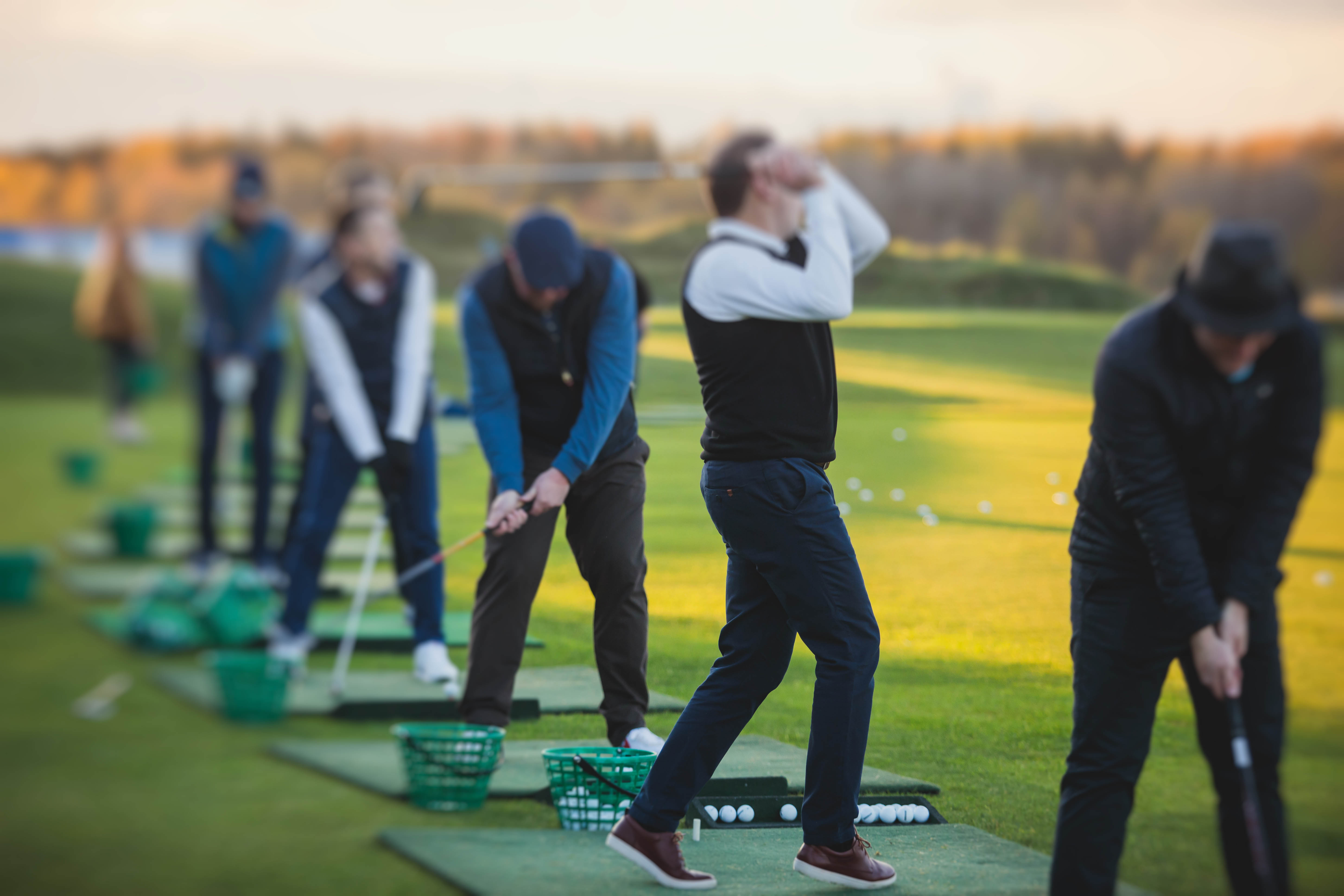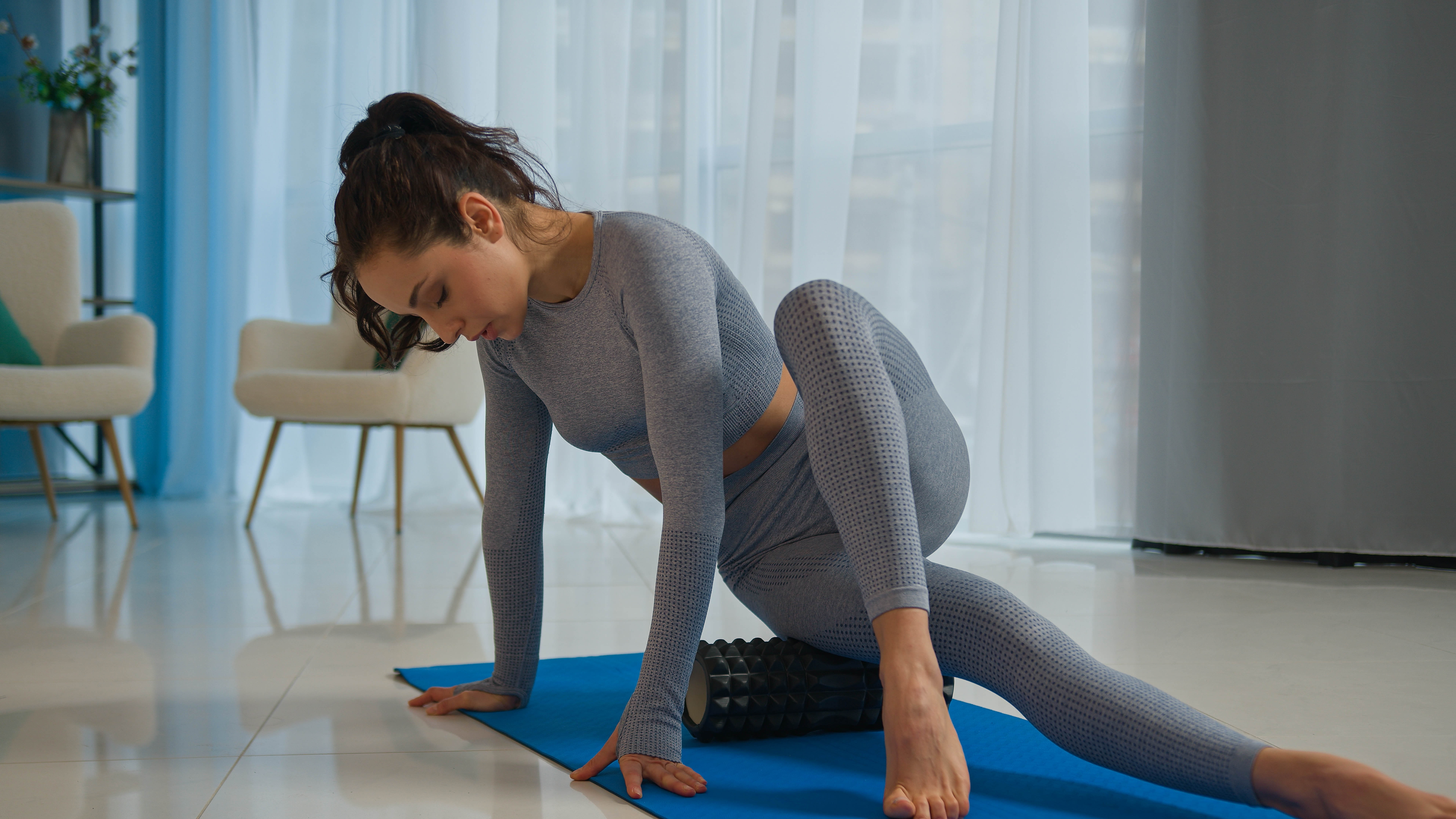Playing Better Golf Starts Before the First Tee
Living Well

Written by: Marvin Nixon, Personal Trainer, Toronto Athletic Club
Spring is finally starting to arrive and soon all the courses from Toronto to cottage country will be open for play. As the weather gets warmer, do you know the best way to warm up your body to allow you to play your best round of golf?
Athletes at all levels have some kind of “warm up” they complete to prevent injury and be prepared for competition and performance. Many golfers are an exception to the warm-up rule, but they should not be. Golfers have the reputation of, at most, hitting a bucket of balls before a round. For many, their warm-up is jogging from the parking lot to the pro shop and then to the first tee with moments to spare and then swinging the driver around like a Samurai. Is this enough to prepare our bodies to play golf, card a great score, and prevent injury? Not so much.
In this article, you will find out what a good golf “warm-up” should consist of, and why “warm up” is in scare quotes. The next article will focus on specific movements that can help you prepare your body to play and prevent injury while you play.
Warm-Up versus Movement Prep
What is wrong with the term “warm-up” when it refers to exercises and movements? Warm-up is such a narrow term that leads the athlete to think that what they need to do is raise their body temperature before activity. Instead, what needs to take place for peak performance is to prepare the body for the golf swing. Movement prep is a better term than warm-up for what needs to happen before going out to play golf or any athletic activity.

Movement Prep, then Swing Practice
A golf myth that needs to be busted is that banging away at balls on the driving range is a good form of preparing your body for a round of golf. For performance, it is a great idea to head to the driving range and work on your shots; however, only after you prepare your body for these movement patterns. Think about it this way, your movement prep prepares your body for a full powerful swing and time on the driving range is used to discover what swing and what shots are showing up for today’s round. First movement prep, then intentional swing practice.
Timing Your Movement Prep
When is the best time to go through a series of movements to prepare your body for your best swing? The benefits of preparing for activity will begin to dissipate about 45 minutes after performing your movement prep. This means that ideally you arrive early and do this prep on-site at the course. But if that is not an option, having a routine for your prep at home is better than none at all.
Movement Prep Design
What kinds of movements are the best way to prepare your body for golf? This depends on your body, injury history, and swing. The best way to find what areas of your body need some extra care before heading out on the course is to complete the TPI movement assessment which will uncover where you move well and where some extra time in the gym would benefit your swing. Having completed countless TPI screens over the years, it is apparent to me that many golfers will benefit from a warm-up that focuses on their shoulders, especially external rotation on the trail arm, the thoracic spine to improve rotation in the swing, and internal rotation at the lead hip to have clean hip movement in the swing. Articles in the upcoming weeks will focus on each of these areas and provide some specific exercises and movements that can help prepare you for your swing.

Soft tissue work with a foam roller, and ideally a lacrosse ball, above and below these rotation centres of the body will allow for the best movement in your swing. Then mobilizing the rotation centres at the hips, thoracic spine, and shoulders will activate the joints for a smooth swing. Finally, some powerful dynamic movements performed quickly with full intention for a handful of reps is a great way to prime the body for a powerful swing and more distance off the tee.
Remember, the goal of your warm-up time is movement prep that prepares the body for the demands of your golf swing and prevents injury. Prioritizing movements that enhance shoulder rotation, thoracic spine mobility, and hip rotation, ideally within 45 minutes of playing, is key. While driving range practice is valuable, it should follow movement preparation to ensure the body is ready for powerful and effective swings. Future articles in our Living Well newsletters will delve into specific exercises targeting these critical areas for optimal golf performance and injury prevention.
If you would like to find out more about your body through the TPI movement assessment and develop a pre-golf routine that will help your body provide a powerful and accurate swing reach out to Marv at mnixon@torontoathleticclub.com.
2120